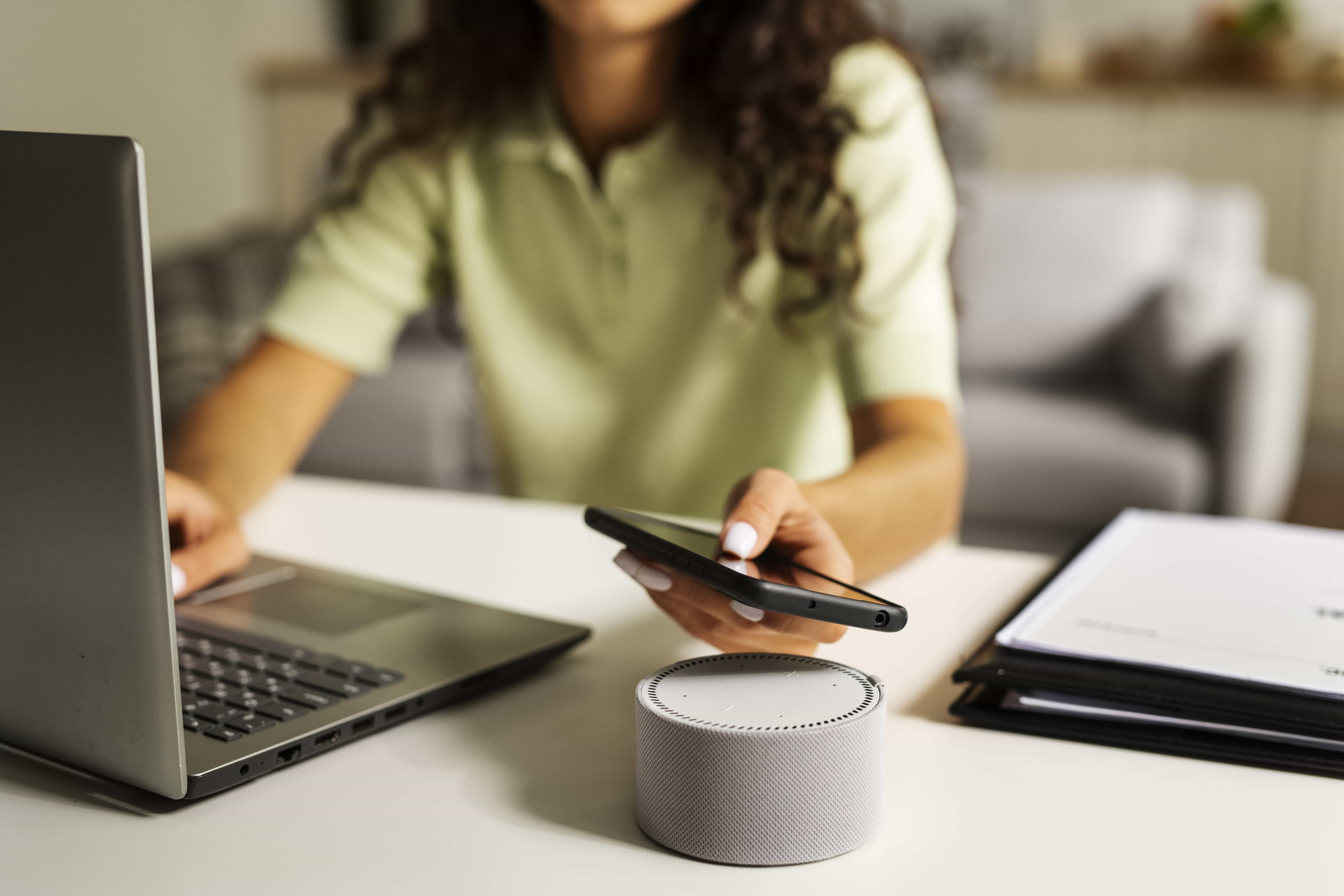The difference between omni and multichannel covers many factors, but at the core, we have to know the significant differences that impact business and customer base.
Customer vs. Product focus:
Omnichannel: Omnichannel marketing focuses on creating a seamless experience across all platforms. This method focuses on the customer's journey and experience. It pinpoints each point of contact between the brand and the consumer to improve convenience and build the brand's bond—omnichannel aims to provide a smooth, customised experience at every touchpoint.
Multichannel: Multichannel marketing involves using various platforms to reach consumers, but it lacks the integration found in omnichannel marketing. Multichannel strategies are more product-focused. The main objective of multichannel marketing is to reach as many potential customers as possible by using multiple channels to maximize product exposure, which is a key aspect of multichannel marketing work. The goal is to expand the brand's online image and get as many customers as possible. Still, the massive volume of products available may overshadow the quality of the customer experience in an omnichannel marketing platform.
Integration of Channels:
Omnichannel: Omnichannel marketing involves integrating various channels to enhance customer engagement and create a seamless multichannel experience, allowing businesses to learn the differences between omnichannel and multichannel strategies. In an omnichannel approach, channels are closely connected to work harmoniously. Online and offline store operations can now be coordinated efficiently. Customers will always have consistent information and experiences when jumping between channels, ensuring multichannel support and making transitions easy.
Multichannel:Multichannel marketing allows businesses to reach customers through various platforms effectively. Conversely, multichannel strategies frequently need this degree of integration. Even though companies may run both online and physical stores, these platforms typically work separately. Without much cooperation or data sharing, each channel functions independently of the others.
Marketing Approach:
Omnichannel: At every touchpoint, omnichannel marketing advances the customer journey through interactions across multiple channels. Using data and interactions from various channels, it seeks to give customers experiences that convert your business. Multichannel retail strategy uses multiple channels to reach customers.
Multichannel: Multichannel marketing uses multiple channels to distribute content to customers, ensuring a broader reach. However, instead of the smooth continuity provided by omnichannel strategies, these channels might present the same or separate content. Rather than planning a cohesive customer experience, the emphasis is frequently on reaching customers through various channels.
Creating New Customer Experiences:
Omnichannel: These strategies can produce inventive and memorable customer experiences by combining the strengths of several channels, leading to a successful omnichannel approach. These experiences go beyond the limitations of any single channel, providing customers with unique interactions and engagement.
Multichannel: While multichannel approaches allow customers to discover products and purchase through their preferred channels, overall brand exposure may be limited to individual channels. While customers may feel comfortable buying on familiar platforms like Amazon, the brand's presence is limited to those specific sites.
Omnichannel strategies seek to provide a consistent and personalised customer experience across the entire customer journey, fostering stronger bonds between brands and customers. Multichannel strategy aims to increase product reach across multiple channels.





